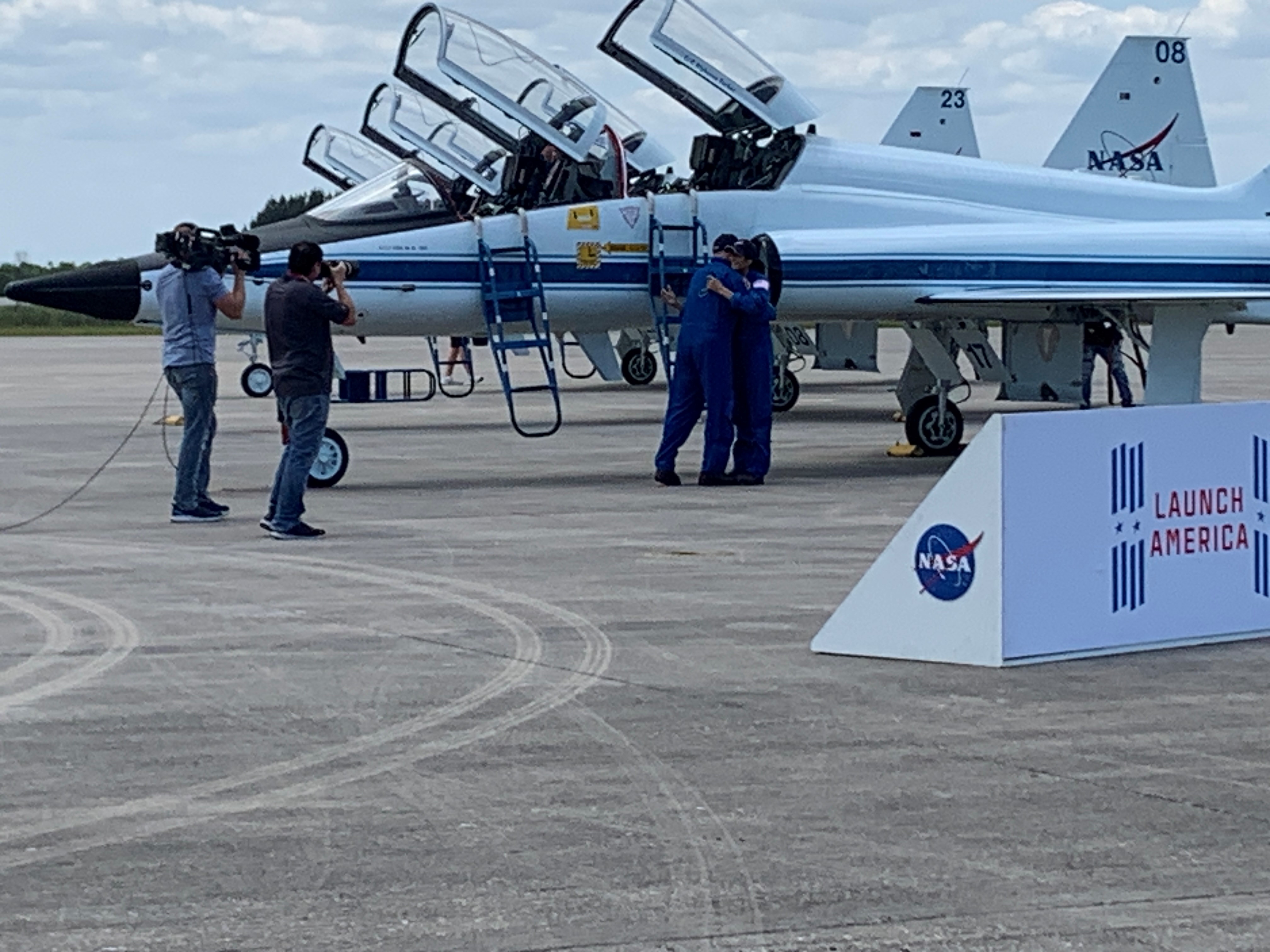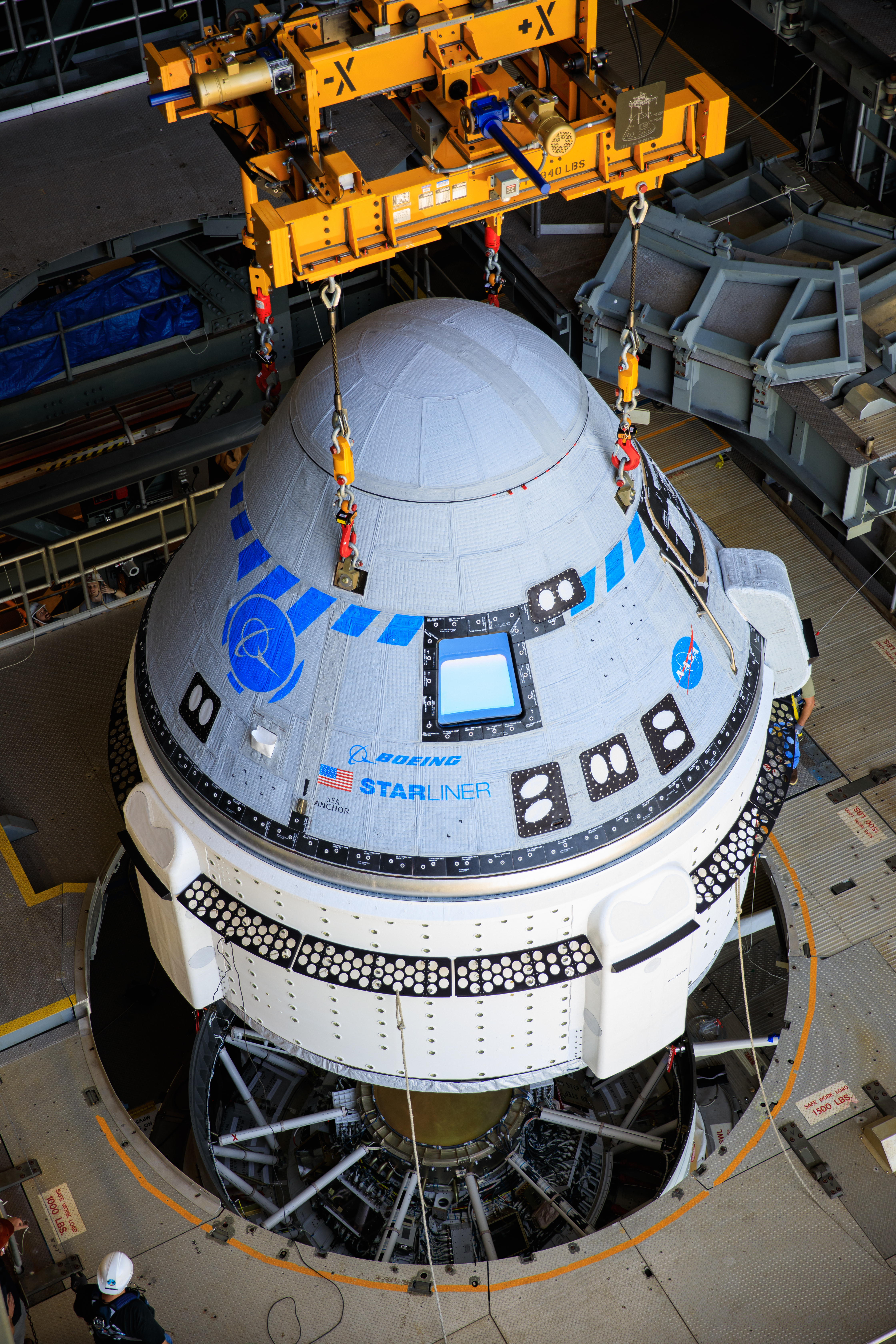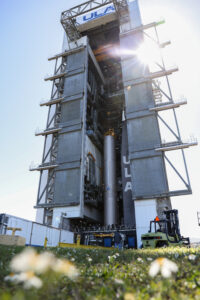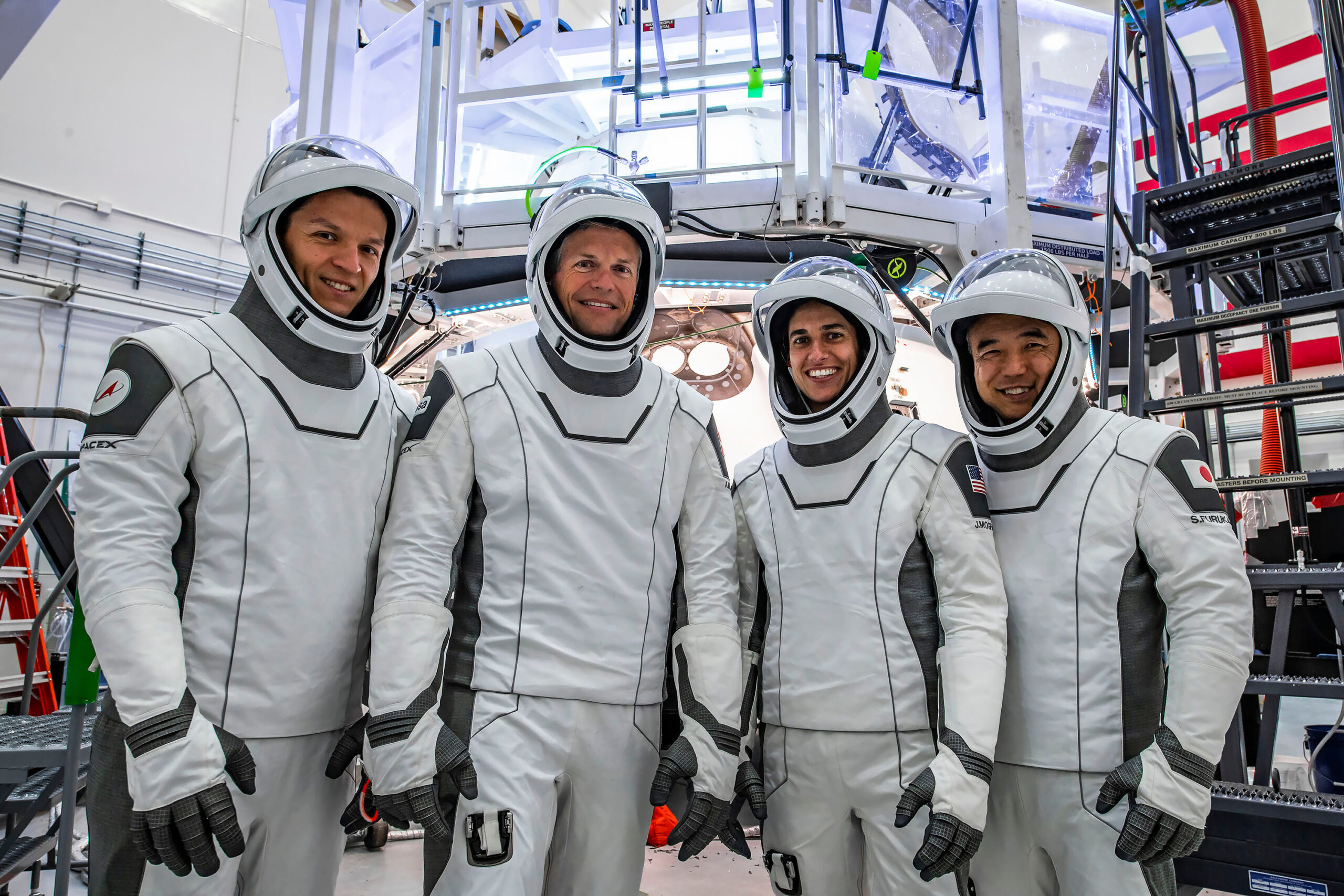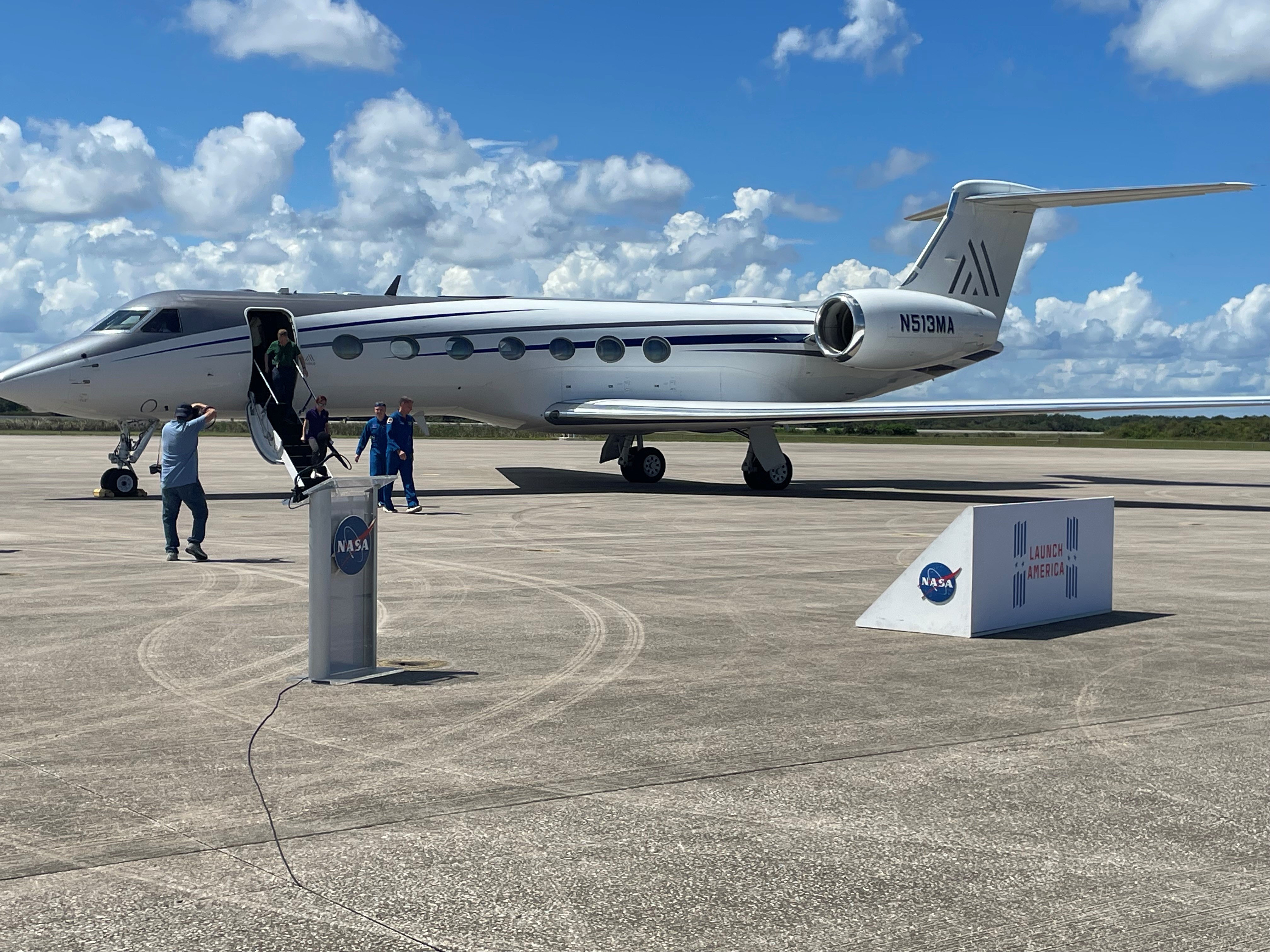
NASA astronaut Nick Hague, commander, and Roscosmos cosmonaut Aleksandr Gorbunov, mission specialist, arrived at the Launch and Landing Facility at NASA’s Kennedy Space Center in Florida just moments ago on Saturday, Sept. 21.
NASA leaders will greet the agency’s SpaceX Crew-9 at 1:30 p.m. EDT for a brief welcome ceremony with the following participants:
- Kelvin Manning, deputy director, NASA’s Kennedy Space Center
- Dana Hutcherson, deputy program manager, NASA’s Commercial Crew Program
- NASA astronaut Nick Hague
- Roscosmos cosmonaut Aleksandr Gorbunov
The ceremony will stream live on NASA+ and the agency’s website. Learn how to stream NASA content through a variety of platforms, including social media.
Hague and Gorbunov will quarantine at the Neil A. Armstrong Operations and Checkout Building at Kennedy. While there, they’ll conduct a dry dress rehearsal of the mission, sleep shift to align their resting and waking periods with mission requirements, rehearse flight procedures, as well as make calls to family and friends.
The crew is scheduled to launch aboard a SpaceX Falcon 9 rocket and Dragon spacecraft to the International Space Station at 2:05 p.m. EDT on Thursday, Sept. 26, from Space Launch Complex-40 at Cape Canaveral Space Force Station.


